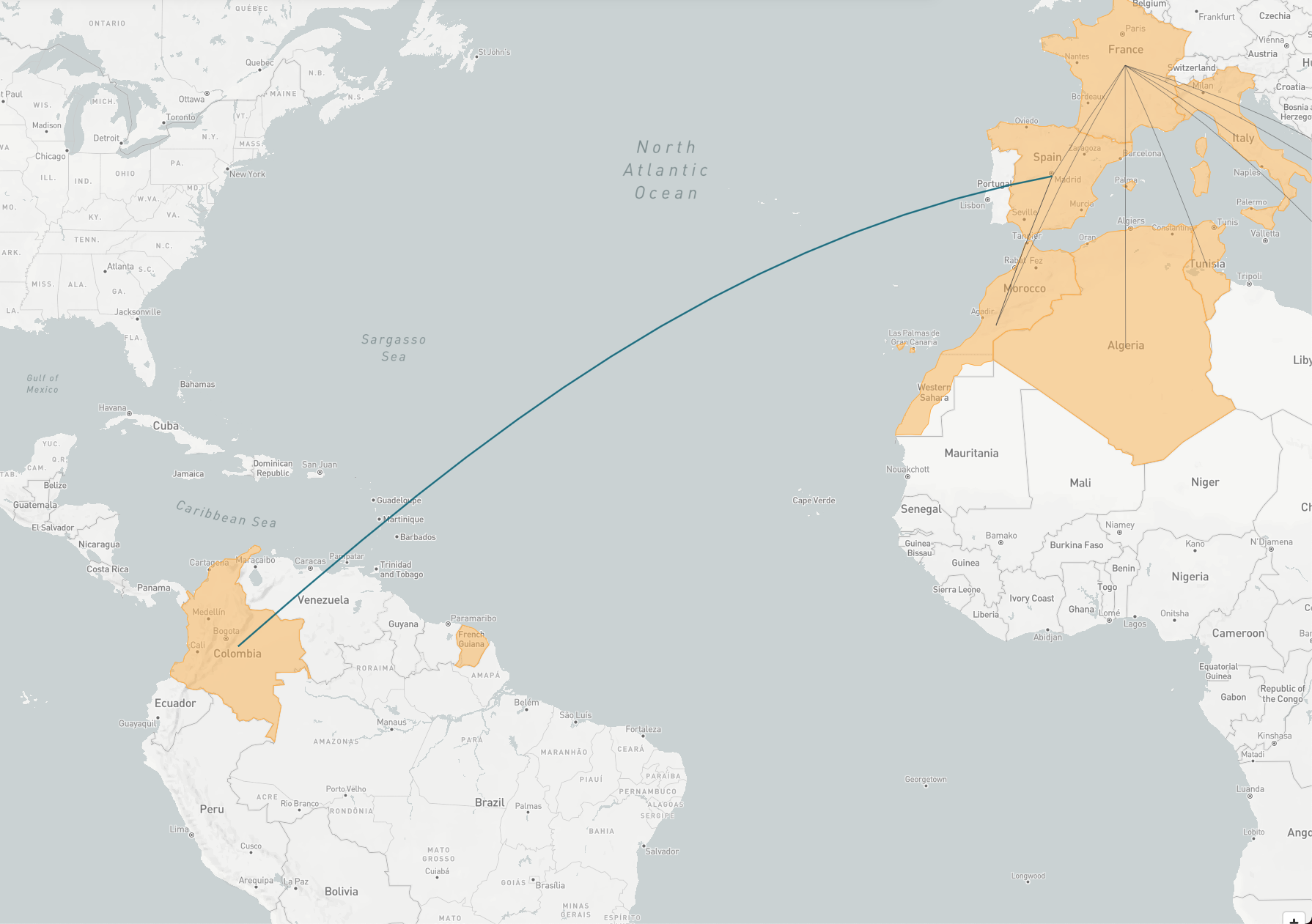- Country of destination: Spain
- Country of origin: Colombia
- Sectors: Agriculture, Horticulture, and Food Processing
- Skill level: Low
- Timeline: 2007 - 2012
- Number of beneficiaries: 1,500 per year
Overview
The Temporary and Circular Labour Migration (TCLM) program offered Colombians facing recurring natural disasters the opportunity to temporarily migrate to Catalonia to harvest fruit for up to nine months. An innovative aspect of the program was that it was oriented toward environmentally vulnerable communities in Colombia (communities affected by environmental disaster and rural populations whose crops are vulnerable to floods and other environmental disruptions). The program fell within the Spanish national temporary migration program, but it was tailored to better meet the needs of Catalonia.
Why was it started?
The program started as a response to Catalonia’s demand for seasonal workers. The goal was to fills gaps in the labor market without having to accept permanent migration. The program also aimed to legally regulate and manage labor migration flows to Spain, where the incidence of irregular migration was growing. Through remittances, participating migrants would also contribute to the economic welfare of their home communities.
How does it work?
The program was designed by the Unión de Pagesos (UP), the main agricultural trade union in Catalonia, which provided logistical assistance (selection of migrants, travel arrangements, visa procedures) and support for beneficiaries during their stay in Spain. The UP provided training courses for migrants, with the aim of increasing the development impact of the program in the country of origin. Other actors involved in implementation included local NGOs and local authorities, which provided support to the UP, especially in recruiting and screening workers.
What impact has it had?
According to an external evaluation, the program achieved most of its goals, filling labor shortages and enhancing development of communities in Colombia. Both agriculture employers and migrants expressed trust in the program. The Organisation for Economic Co-operation and Development, the European Union, and the International Organization for Migration recognized the program as an innovative and viable way of regulating the flow of labor migrants and preventing irregular migration to Europe. Despite its success, the program was terminated after the economic crisis depressed employers’ labor needs.
- Engelman, R. 2009. “The state of world population 2009. Facing a changing world: Women, population and climate.” United Nations Population Fund, New York.
- Lacomba-Vazquez, J., and A. Cloquell-Lozano. 2017. “Políticas de desarrollo en el contexto de la migración. Coherencias y contradicciones en el caso de dos programas de codesarrollo de España en Colombia y Ecuador.” Iberoamerican Journal of Development Studies 6(1): 50–74.
- Moor, N.D. 2011. “Labour migration for vulnerable communities: A strategy to adapt to a changing environment.” COMCAD Working Paper 101, Centre on Migration Citizenship and Development, Bielefeld University, Bielefeld, Germany.
- Molinero Gerbeau, Y. 2020. “Dos décadas desplazando trabajadores extranjeros al campo español: una revisión del mecanismo de contratación en origen. “ Panorama Social 31.
- Zapata-Barrero, R., R. Faúndez García, and E. Sánchez-Montijano. 2012. “Circular temporary labour migration: Reassessing established public policies.” International Journal of Population Research.
- Zapata-Barrero, R., R. Faúndez, E. Sánchez, and I. Socials. D D.C.P. “Migración Laboral, Temporal y Circular (MLTC) de trabajadores entre Colombia y España. Un modelo a consolidar Informe.” Universitat Pompeu Fabra, Barcelona.

